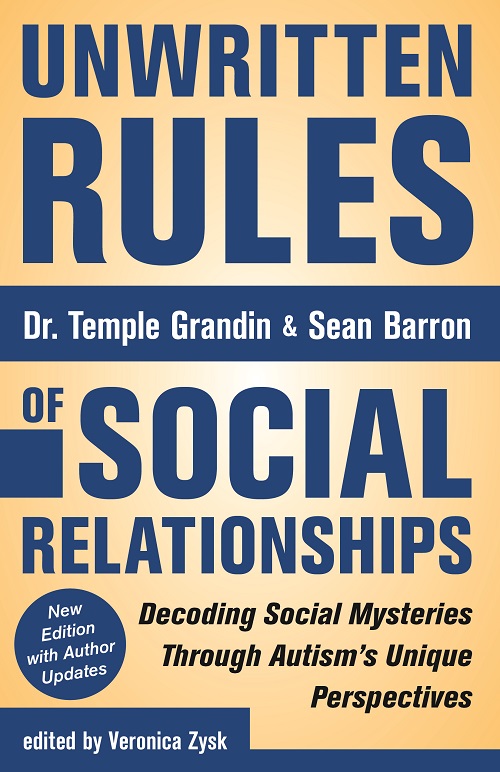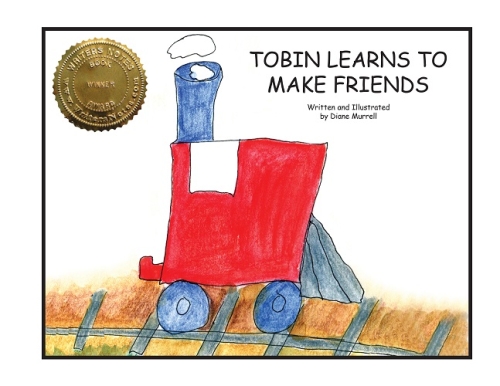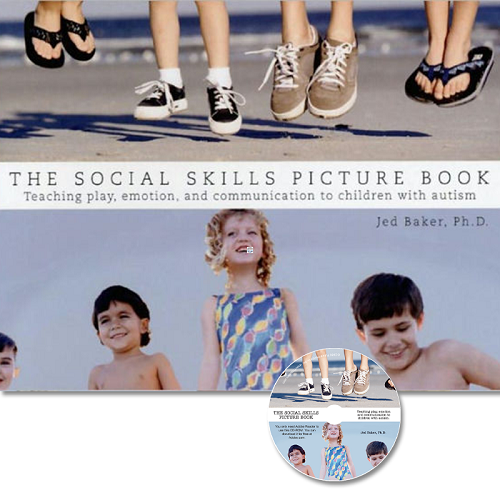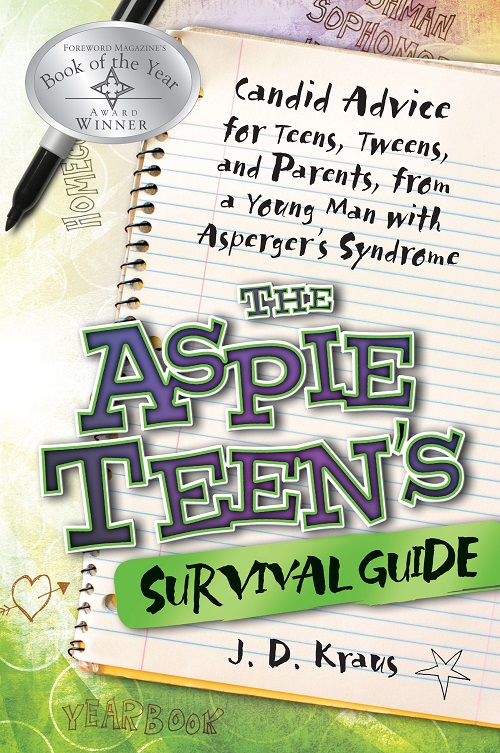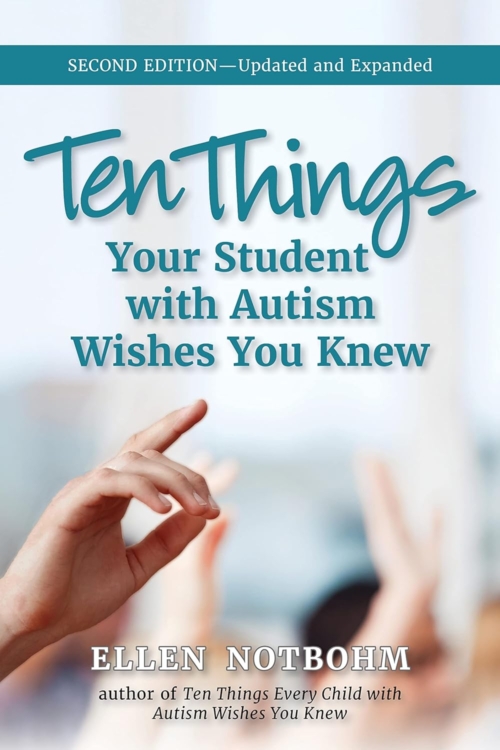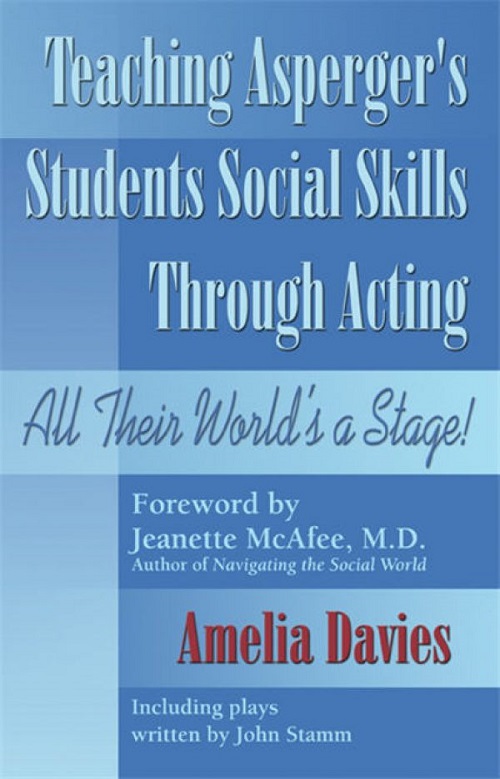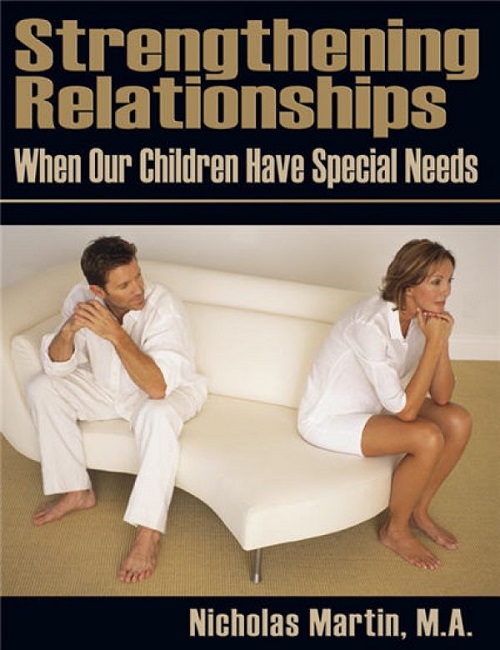-
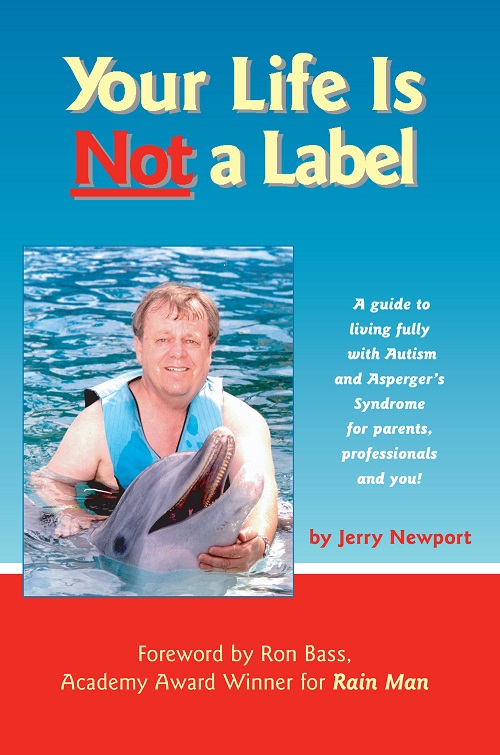 Jerry Newport, diagnosed with Asperger’s Syndrome / High Functioning Autism at age 47, wrote this book for those with developmental disorders, but it resonates with people with any disability. His message: everyone has the power, and the right, to improve the quality of their lives despite their disability. Don’t believe you must be “normal” to be happy; learn to co-exist with neuro-typicals, and become the best human being you can be.
Jerry Newport, diagnosed with Asperger’s Syndrome / High Functioning Autism at age 47, wrote this book for those with developmental disorders, but it resonates with people with any disability. His message: everyone has the power, and the right, to improve the quality of their lives despite their disability. Don’t believe you must be “normal” to be happy; learn to co-exist with neuro-typicals, and become the best human being you can be. -
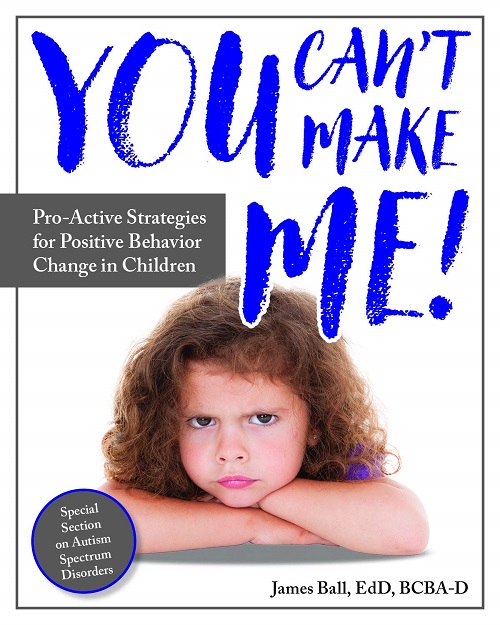 Behavior isn’t an isolated event. All behavior is communication, and when it comes to figuring out what your child is trying to say, Dr. Jim Ball has the answers. This book walks the reader through a variety of scenarios that will explore why a child may engage in a specific behavior, and help you build your “behavior-investigator” skills to develop a behavior plan that works.
Behavior isn’t an isolated event. All behavior is communication, and when it comes to figuring out what your child is trying to say, Dr. Jim Ball has the answers. This book walks the reader through a variety of scenarios that will explore why a child may engage in a specific behavior, and help you build your “behavior-investigator” skills to develop a behavior plan that works. -
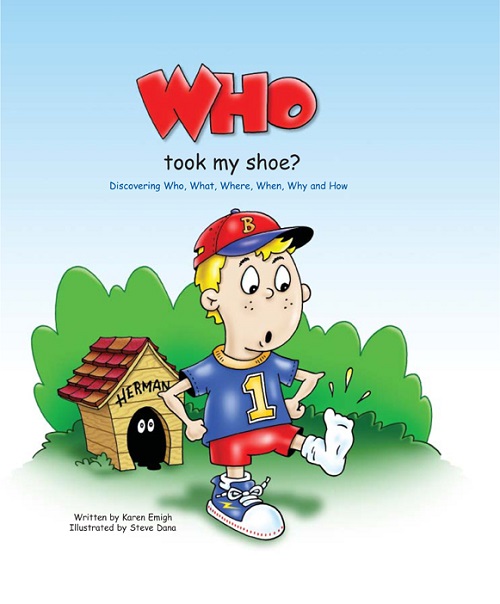 Brett and his dog Herman embark on a search for Brett’s mysteriously missing shoe. They playfully and methodically ask questions, such as Who took it? What happened to it? How can I find my shoe? The answers are pretty hilarious, until Brett finally asks the right one, and discovers his shoe in a most unlikely place! Although written to teach the concepts of who, what, where, why, when and how questions for children on the autism spectrum, Who Took My Shoe? will teach, entertain, and delight all youngsters.
Brett and his dog Herman embark on a search for Brett’s mysteriously missing shoe. They playfully and methodically ask questions, such as Who took it? What happened to it? How can I find my shoe? The answers are pretty hilarious, until Brett finally asks the right one, and discovers his shoe in a most unlikely place! Although written to teach the concepts of who, what, where, why, when and how questions for children on the autism spectrum, Who Took My Shoe? will teach, entertain, and delight all youngsters. -
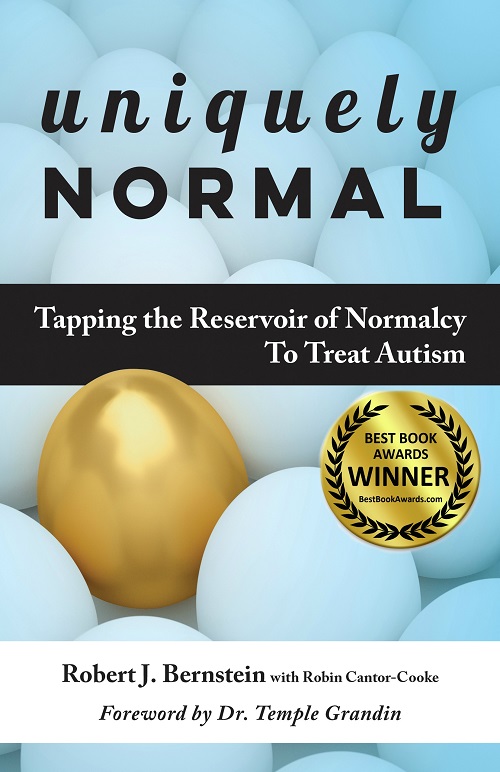 Author Robert J. Bernstein has found a different approach based on cognition thinking in helping people of all ages with ASD. Rob’s goal is for people with ASD to be able to live in the world and connect with the people in it as themselves, to express their unique humanity and engage more fully in the human interactions that give life meaning and make it worth the effort of getting out of bed every day. He believes that whatever he does therapeutically must be on the ASD individual’s terms; he or she must lead.
Author Robert J. Bernstein has found a different approach based on cognition thinking in helping people of all ages with ASD. Rob’s goal is for people with ASD to be able to live in the world and connect with the people in it as themselves, to express their unique humanity and engage more fully in the human interactions that give life meaning and make it worth the effort of getting out of bed every day. He believes that whatever he does therapeutically must be on the ASD individual’s terms; he or she must lead. -
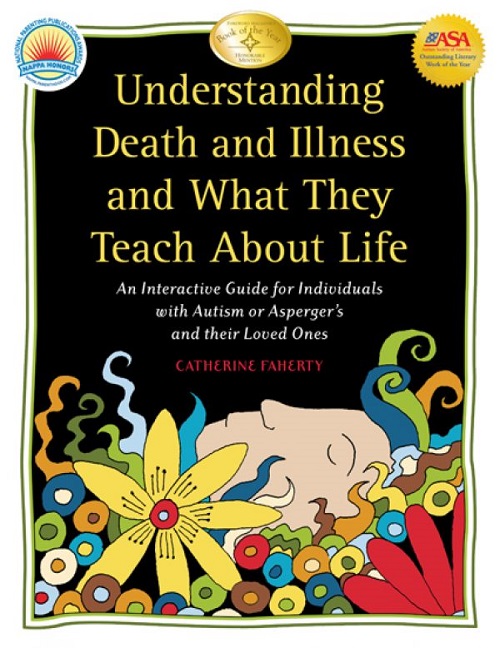 Death and illness affect every person. Witnessing the dying and death of a person or pet can leave you with many questions. In this book, author Catherine Faherty answers those questions in an autism-friendly, clear and precise way, geared for children, teens, and adults with autism. But this book is not just about death. It also demonstrates the interconnectedness of living and dying and offers simple, positive guidelines for living. Communication Forms to make it easier for the readers and their families, friends, teachers, therapists, or others to identify and respond to the unique needs of the reader.
Death and illness affect every person. Witnessing the dying and death of a person or pet can leave you with many questions. In this book, author Catherine Faherty answers those questions in an autism-friendly, clear and precise way, geared for children, teens, and adults with autism. But this book is not just about death. It also demonstrates the interconnectedness of living and dying and offers simple, positive guidelines for living. Communication Forms to make it easier for the readers and their families, friends, teachers, therapists, or others to identify and respond to the unique needs of the reader. -
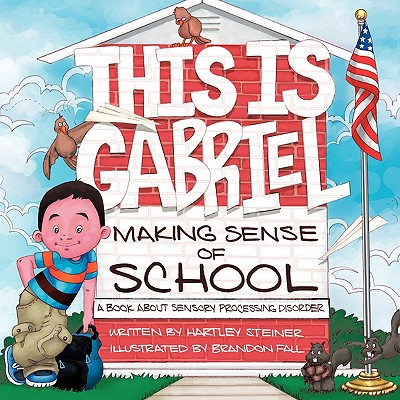 This is Gabriel Making Sense of School provides a look into the challenges children with Sensory Processing Disorder (SPD) face in the classroom. This easy to read and beautifully illustrated picture book gives teachers, parents and students a better understanding of all seven senses, how they are each affected at school and what kinds of accommodations are necessary to help children with SPD become learning sensations!
This is Gabriel Making Sense of School provides a look into the challenges children with Sensory Processing Disorder (SPD) face in the classroom. This easy to read and beautifully illustrated picture book gives teachers, parents and students a better understanding of all seven senses, how they are each affected at school and what kinds of accommodations are necessary to help children with SPD become learning sensations! -
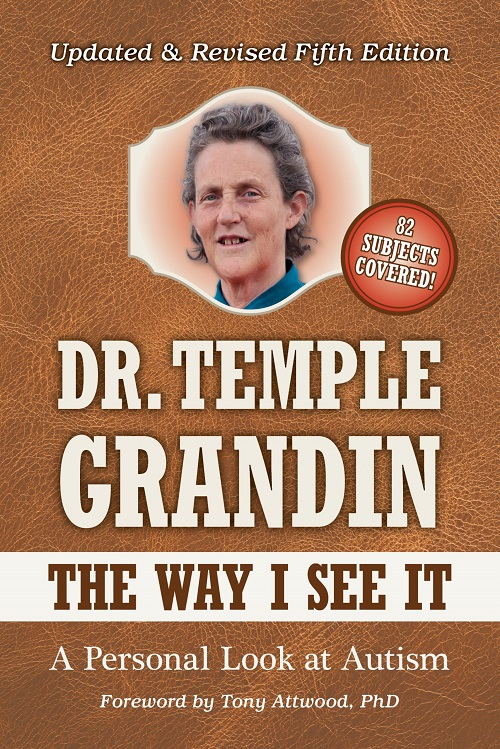 In the beloved classic book The Way I See It, Dr. Temple Grandin gets to the REAL issues of autism―the ones parents, teachers, and individuals on the spectrum face every day. In this updated fifth edition, Temple offers helpful dos and don’ts, practical strategies, and try-it-now tips all based on her insider perspective and a great deal of research.
In the beloved classic book The Way I See It, Dr. Temple Grandin gets to the REAL issues of autism―the ones parents, teachers, and individuals on the spectrum face every day. In this updated fifth edition, Temple offers helpful dos and don’ts, practical strategies, and try-it-now tips all based on her insider perspective and a great deal of research. -
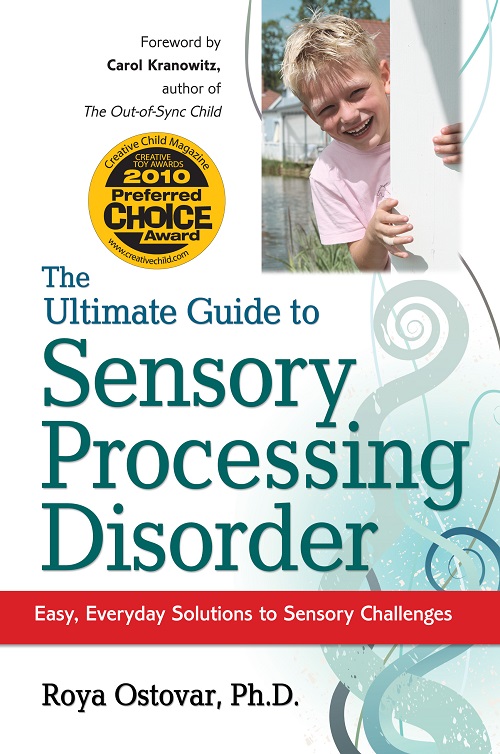 When sensory processing is impaired, lights can be too bright, sounds too loud, and clothes can actually be painful on the skin. It can be practically impossible for children to tolerate their day, let alone learn in a classroom. In this book, with a foreword by best-selling special-needs author Carol Kranowitz, neuropsychologist Dr. Roya Ostovar helps parents to help their children.
When sensory processing is impaired, lights can be too bright, sounds too loud, and clothes can actually be painful on the skin. It can be practically impossible for children to tolerate their day, let alone learn in a classroom. In this book, with a foreword by best-selling special-needs author Carol Kranowitz, neuropsychologist Dr. Roya Ostovar helps parents to help their children. -
 At long last, the Autism Angel spreads her wings! This powerful guide to intervention and education empowers you with skills and motivation to foster success in youngsters with autism. Each page contains uplifting strategies, experience-based wisdom, and heart-fueling inspiration to help caregivers and professionals apply the techniques and attitudes that have made Jennifer Abeles one of the most respected professionals in the autism community.
At long last, the Autism Angel spreads her wings! This powerful guide to intervention and education empowers you with skills and motivation to foster success in youngsters with autism. Each page contains uplifting strategies, experience-based wisdom, and heart-fueling inspiration to help caregivers and professionals apply the techniques and attitudes that have made Jennifer Abeles one of the most respected professionals in the autism community. -
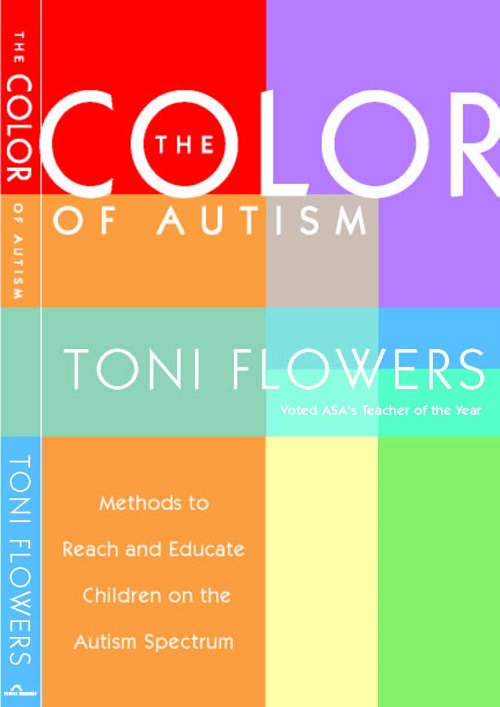 Voted “Teacher of the Year” by ASA, Toni Flowers invites readers to learn from, tweak, and refine the strategies she’s used during her quartercentury of teaching children with autism. Chockfull of great ideas, this book tackles some of the thorniest problems (runners, homework, screamers, setting limits, aggression, etc.) facing teachers and parents. It will quickly become a goto book in your library!
Voted “Teacher of the Year” by ASA, Toni Flowers invites readers to learn from, tweak, and refine the strategies she’s used during her quartercentury of teaching children with autism. Chockfull of great ideas, this book tackles some of the thorniest problems (runners, homework, screamers, setting limits, aggression, etc.) facing teachers and parents. It will quickly become a goto book in your library! -
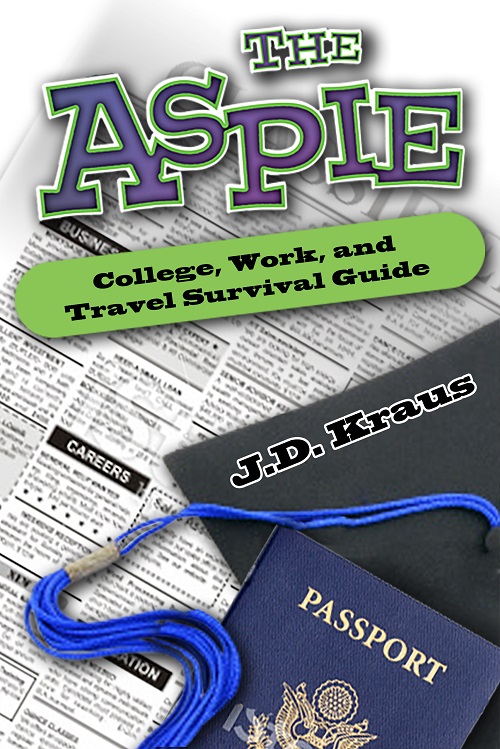 The main objective of this book is to assist young individuals with Asperger’s and Autism to overcome the big leap from high school to life outside of public education. The time right after high school can be a very frightening experience. What a person decides from this point on ultimately affects the rest of his or her life.
The main objective of this book is to assist young individuals with Asperger’s and Autism to overcome the big leap from high school to life outside of public education. The time right after high school can be a very frightening experience. What a person decides from this point on ultimately affects the rest of his or her life. -
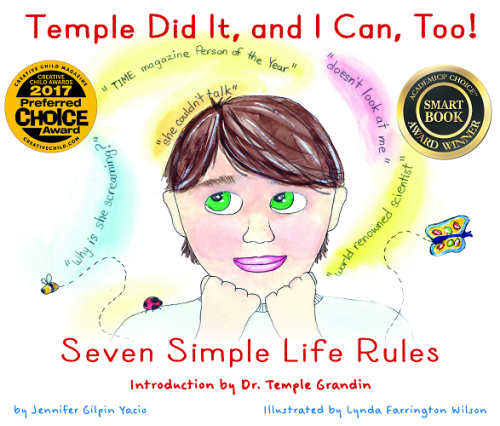 The FIRST children’s book by these two authors, Temple Did It and I Can Too! will help guide and inspire kids to reach their full potential. Winner of a 2015 Academic’s Choice Award, this book explains the obstacles Dr. Temple Grandin faced while growing up, the the rules she followed to overcome them, and her path to become a leading animal scientist and a world-famous advocate for those with autism. This colorful, hardcover book even includes worksheets for kids to identify and reach their goals!
The FIRST children’s book by these two authors, Temple Did It and I Can Too! will help guide and inspire kids to reach their full potential. Winner of a 2015 Academic’s Choice Award, this book explains the obstacles Dr. Temple Grandin faced while growing up, the the rules she followed to overcome them, and her path to become a leading animal scientist and a world-famous advocate for those with autism. This colorful, hardcover book even includes worksheets for kids to identify and reach their goals! -
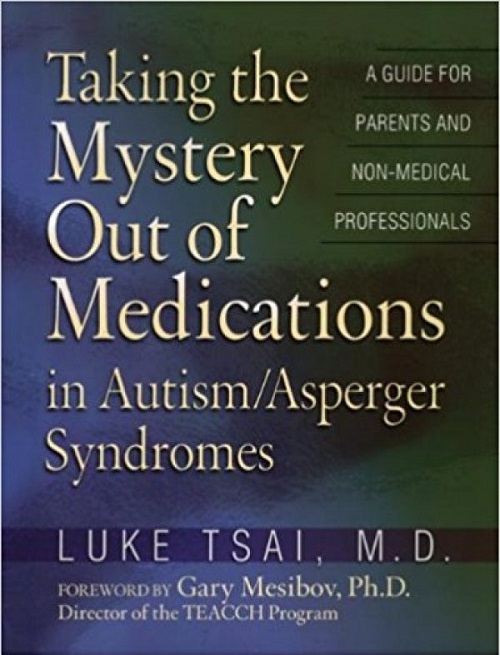 Although medication should always be a last resort, many people on the autism spectrum claim that medication has improved their lives significantly. But how can a parent decide which meds to choose or which to stay away from? Written by a doctor and father to a child with autism, this book provides the answers that parents and non-medical professionals need.
Although medication should always be a last resort, many people on the autism spectrum claim that medication has improved their lives significantly. But how can a parent decide which meds to choose or which to stay away from? Written by a doctor and father to a child with autism, this book provides the answers that parents and non-medical professionals need. -
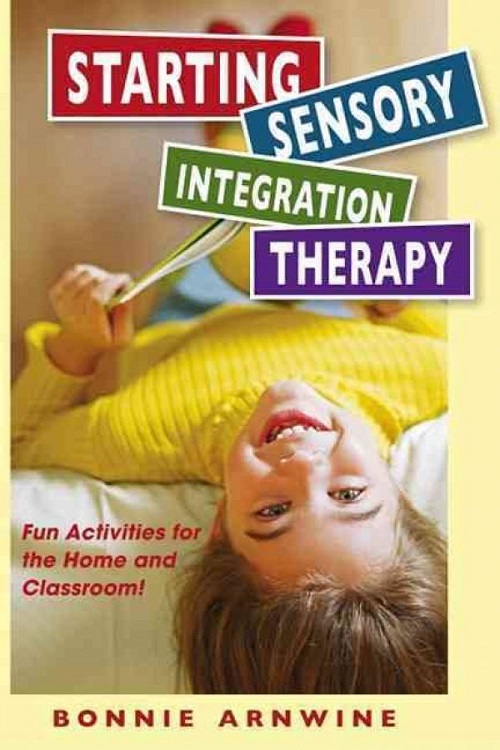 Starting Sensory Therapy offers 100+ activities and games for children with Sensory Processing Disorder (SPD). Parent of a son with SPD, author Bonnie Arnwine chose activities that require minimal time, money, and clean-up. Most “ingredients” are already on hand: empty yogurt cups, string, soap, flour, paper plates, etc.
Starting Sensory Therapy offers 100+ activities and games for children with Sensory Processing Disorder (SPD). Parent of a son with SPD, author Bonnie Arnwine chose activities that require minimal time, money, and clean-up. Most “ingredients” are already on hand: empty yogurt cups, string, soap, flour, paper plates, etc. -
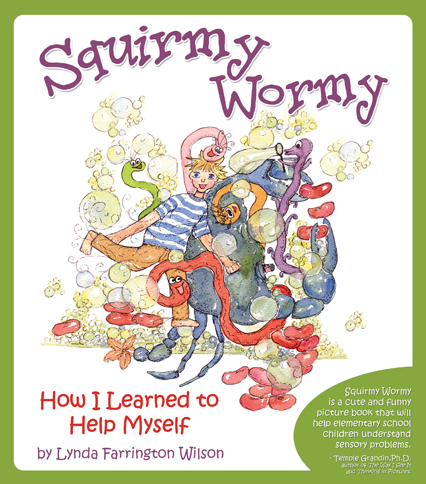 Many kids have some form of SPD (Sensory Processing Disorder), but who can help them overcome their daily struggles? Wait! They can help themselves! Lynda Farrington Wilson, along with Tyler and some delightful illustrations, help kids help themselves through daily life like no one has before with some great everyday tips and techniques.
Many kids have some form of SPD (Sensory Processing Disorder), but who can help them overcome their daily struggles? Wait! They can help themselves! Lynda Farrington Wilson, along with Tyler and some delightful illustrations, help kids help themselves through daily life like no one has before with some great everyday tips and techniques. -
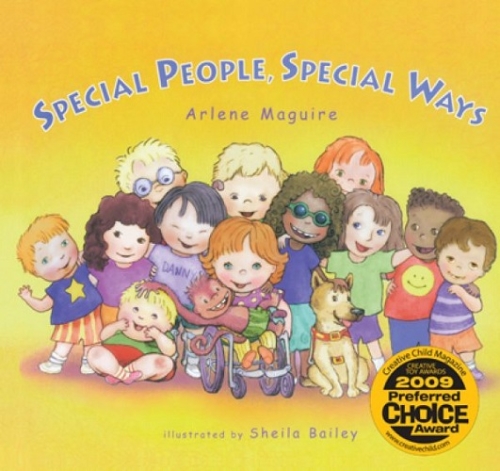 Arlene Maguire’s delightful rhymes combine with Sheila Bailey’s rich watercolor illustrations to take the reader on a journey of discovery. Each page portrays positive images of children with various disabilities. Winner of an iParenting Media Award and 2009 Preferred Choice Award by Creative Child Magazine, this book illustrates that beyond our physical limitations is a world of unique gifts for each of us to share.
Arlene Maguire’s delightful rhymes combine with Sheila Bailey’s rich watercolor illustrations to take the reader on a journey of discovery. Each page portrays positive images of children with various disabilities. Winner of an iParenting Media Award and 2009 Preferred Choice Award by Creative Child Magazine, this book illustrates that beyond our physical limitations is a world of unique gifts for each of us to share. -
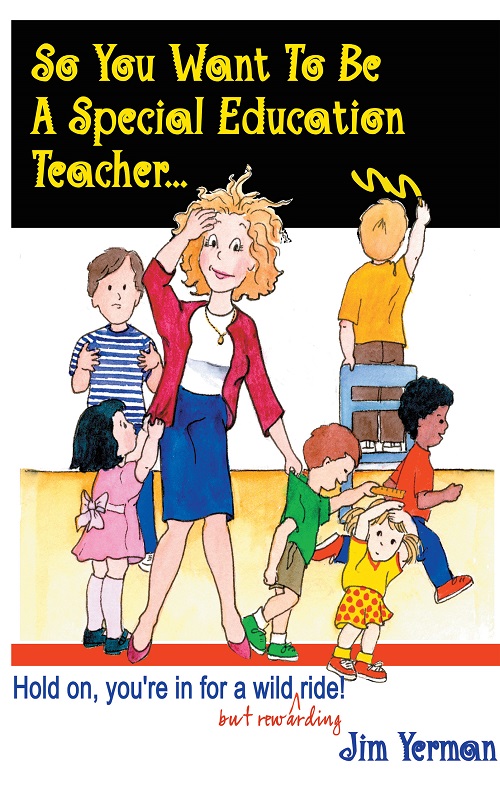 As a teacher, Jim Yerman has “lived with autism” for over thirty years. In many ways, his students have become part of his family. And, as with a family, he has learned to laugh and find humor in the absurdity of everyday situations, for they certainly exist! This book chronicles some of those situations. Most of them are humorous, some are sad, and a few are downright surreal.
As a teacher, Jim Yerman has “lived with autism” for over thirty years. In many ways, his students have become part of his family. And, as with a family, he has learned to laugh and find humor in the absurdity of everyday situations, for they certainly exist! This book chronicles some of those situations. Most of them are humorous, some are sad, and a few are downright surreal.

